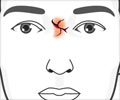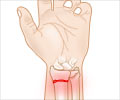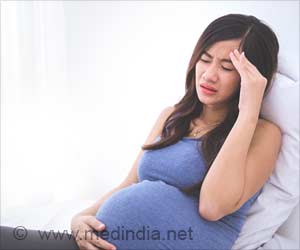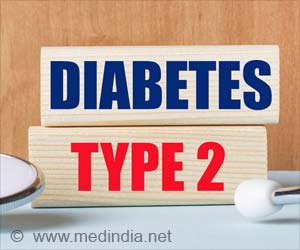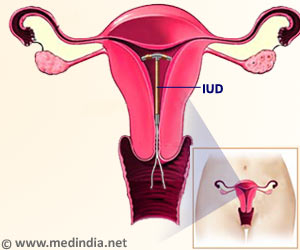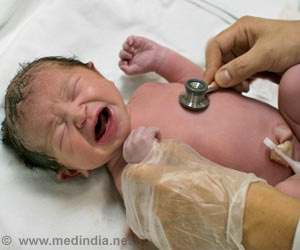Women with osteoporosis and a previous vertebral fracture have an increased risk of another new fracture according to a recent study.
Researchers of University of Pittsburgh found that women with low bone mineral density and a previous vertebral fracture had an increased risk of a new vertebral fracture compared to women with normal bone mineral density and no previous fracture.
Vertebral fractures are the most common osteoporotic fracture, with prevalence estimates of 35 percent to 50 percent among women older than 50 years. About 700,000 vertebral fractures occur each year in the United States, according to background information in the article. Women with low bone mineral density (BMD) and previous vertebral fractures have a greater risk of new vertebral fractures over the short-term, but their risk of vertebral fracture over the long-term is uncertain.Jane A. Cauley, Dr.P.H., of the University of Pittsburgh, and colleagues examined the absolute risk of new vertebral fractures by spine and hip BMD and previous vertebral fracture status over 15 years of follow-up in a group of 9,704 white women, who were recruited at four U.S. clinical centers and enrolled in the Study of Osteoporotic Fractures. Of these, 2,680 attended a clinic visit an average of 14.9 years after entering the study. The average age of the women was 68.8 years at entry and 83.8 years at follow-up.
The researchers found that of these 2,680 women, 487 (18.2 percent) experienced a new vertebral fracture, including 163 (41.4 percent) of the 394 with a previous vertebral fracture at baseline and 324 (14.2 percent) of the 2,286 without a previous vertebral fracture at baseline. Women who experienced a new fracture also weighed less, were more likely to have a positive fracture history and a previous vertebral fracture at study entry, and less likely to report estrogen use at baseline.
Women with a previous vertebral fracture at baseline had more than four times the odds of experiencing a new vertebral fracture over follow-up compared with women without a previous vertebral fracture at baseline. The risk was greatest among women with two or more previous fractures at baseline.
Low BMD was a strong predictor of new vertebral fracture. About one-third of women with a low hip BMD measurement had a new vertebral fracture, compared with about 10 percent of women with normal BMD. The absolute risk of vertebral fractures was 56 percent among women with both a previous vertebral fracture and BMD in the osteoporotic range. In contrast, women with normal BMD and no previous fracture had an absolute risk of about 9 percent.
“Our results support the recommendation that older women with a prevalent vertebral fracture should be treated for osteoporosis irrespective of BMD. Treatment of women with prevalent asymptomatic vertebral fractures with bisphosphonates and selective estrogen receptors modulators has been shown to decrease fracture incidence,” the authors write.
Advertisement
Source-ANI
SRM /J



